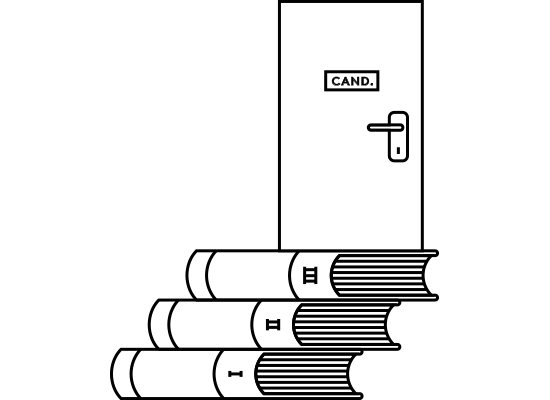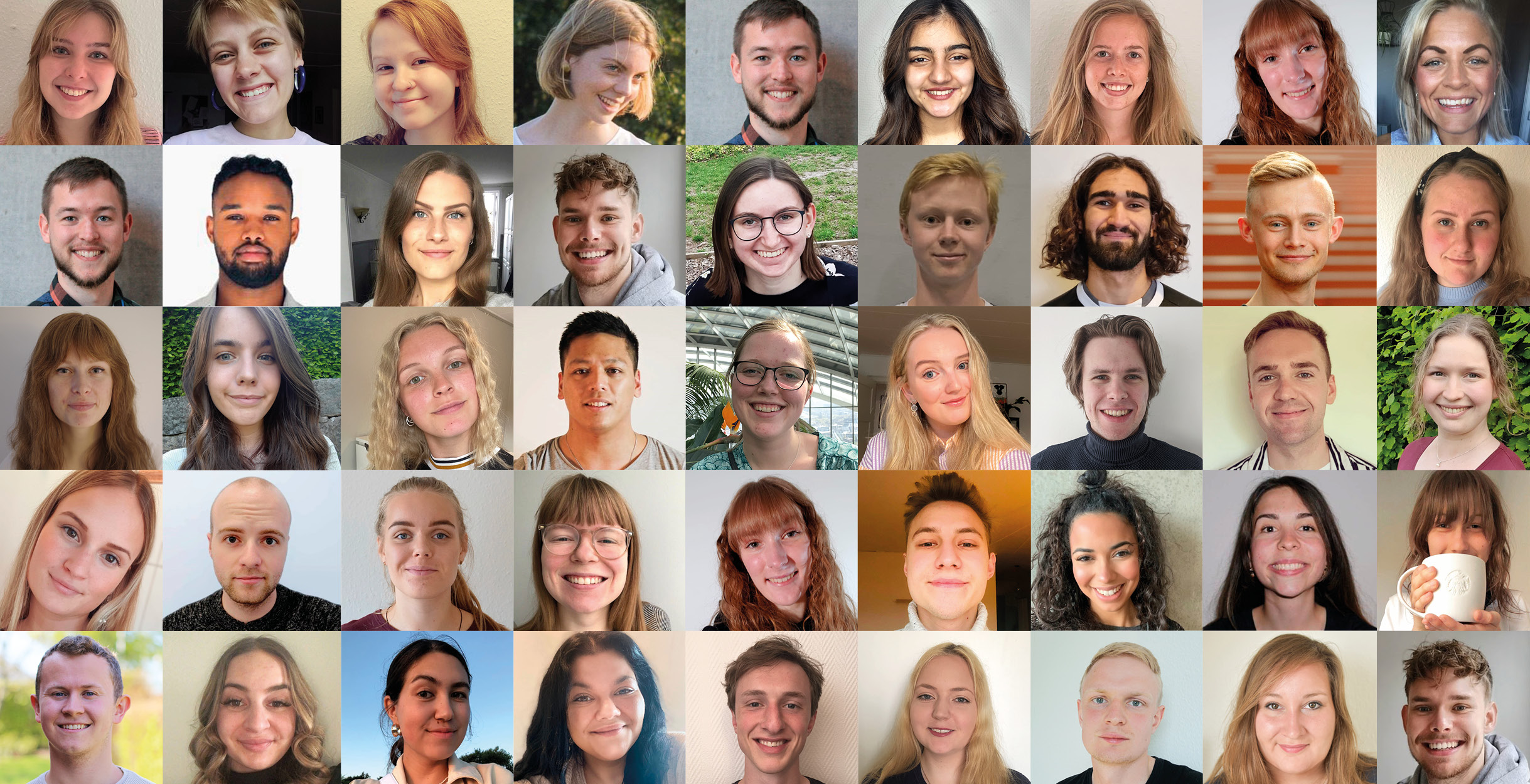Programme structure
The bachelor’s programme in Software Engineering takes three years (6 semesters), whereafter you begin the Master’s.
As a Software Engineer you will get to create solutions for big and small challenges. During the programme you will be introduced to theory and tools which make you capable of developing solutions based on knowledge of current and future needs.
Each semester is based on a main theme, which will be the centre of the semesters’ theory and project work. As soon as your studies begin, you will become part of a project group in which you will work with projects, which often focus on problems taken from companies.
Before you begin the programme, you have the opportunity to take a Getting-Started-Course in mathematics. The course takes place in August.
1st semester – Software Programming
In the first semester you learn from a broad perspective about practical and societal contexts, technological foundations and programming of information technology and software systems. You gain insight into fundamental programming, so you learn how to programme software. In connection with the semester project, in collaboration with your project group, you will develop a software application based on a societal issue.
2nd semester – development of software systems
The semester provides insight into systemic development of a software system which is tailored to the users’ practices and needs and the interaction between software and organisations. You learn about advanced programming, databases and implementation of a given design. In the semester project, you work on a business case to programme a software product.
3rd semester – distributed interactive software systems
The semester is about design and software development in the context of web-based and interactive systems. You learn how to create good design for users based on interaction design. At the same time, you learn about operating systems, networks and web technologies, so you become aware of the opportunities and difficulties inherent in the underlying technical platform. In the semester project, you work with the development of a distributed and interactive system, based on the users' needs.
4th semester – Intelligent component-based software systems
The semester introduces you to component-based software development, and you gain insight into artificial intelligence, algorithms, data structures and scientific theory. You will be able to develop intelligent solutions, work accurately with algorithms and data structures in the code included in a software project. In the semester project, you work, based on a case, to develop an intelligent system where you use components to achieve a good software architecture.
5th semester – safe and mobile software systems
During the 5th semester, you learn how software is developed with security in focus and in the form of apps, so that its mobile software systems. You gain insight into what is needed when software needs to be adapted, maintained and further developed. Part of the semester consists of electives which give you the opportunity to specialize in specific subject areas.
You can also choose to study a semester at a university abroad.
6th semester – bachelor’s project
During the 6th semester you do a bachelor's project, where you gather your knowledge and skills from the previous semesters. This project is supported with teaching in project management and feasibility study which supports you in working interdisciplinary and innovatively. In addition, knowledge and methods from the entire program are compiled as part of courses in scientific theory and software architecture.
Examples of previous bachelor projects:
- Improve the collection of health information by general practitioners via a new administration system
- Assist neck pain rehabilitation via an Android Rehab application
- Development of 3D games via the Unity platform



